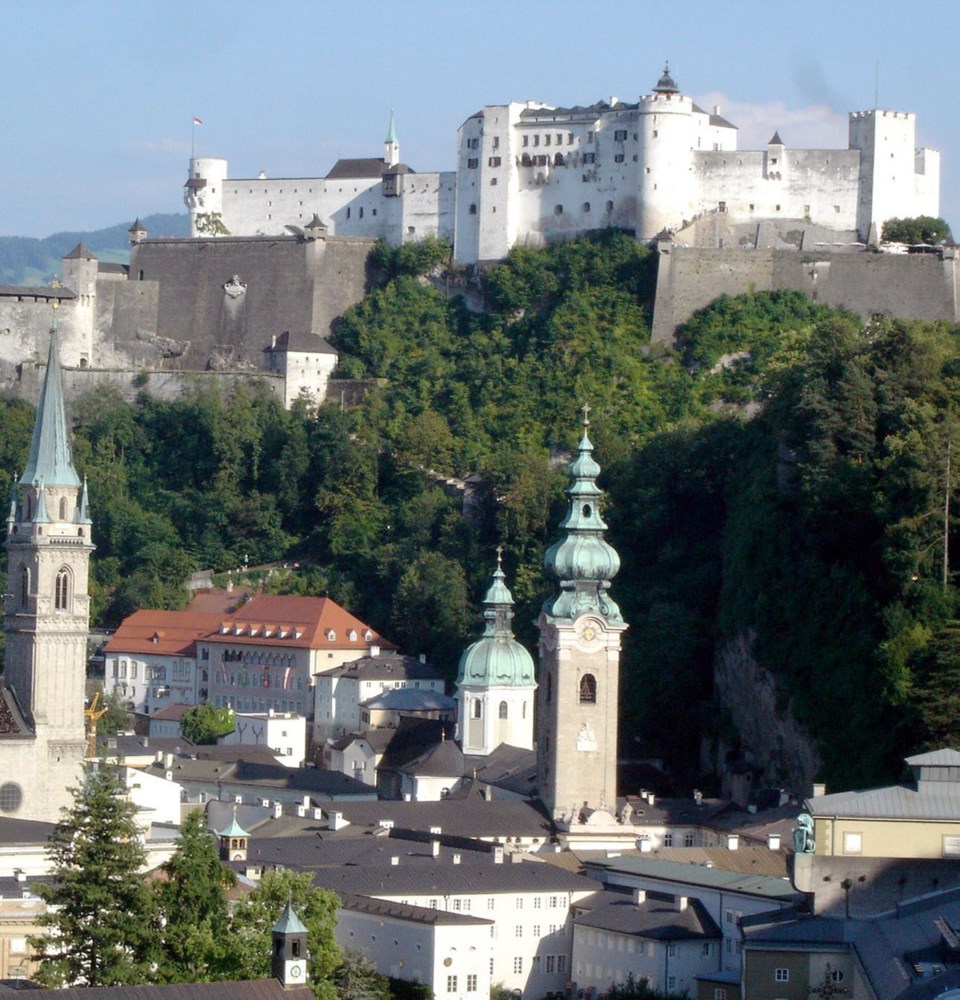Germany and Austria are a work in progress — each country has great and innovative museums and galleries to share its culture with its many visitors. Here is the latest for 2015:
While trains are usually the easiest way for North Americans to get around Germany, ultra-cheap buses are a new option worth considering.
The main bus lines are MeinFernBus (with the most extensive network), FlixBus, Berlin Linien Bus, and City2City. Taking you across much of Germany for around 15 euros — and using train stations as starting and ending points — they can be a great value.
In Munich, the new Egyptian Museum (near the main train station) is well worth a visit; it’s custom-built to evoke the feeling of being in an ancient tomb.
The city’s new Nazi Documentation Center will cover the rise and fall of Nazism, with a focus on Munich’s role (located near Koenigsplatz, on the site of the former Nazi Party headquarters). It’s slated to open on April 30 — the 70th anniversary of Munich’s liberation from Nazi rule.
In other changes, both the Halls of the Nibelungen in the Residenz palace and the Frauenkirche’s iconic twin towers are closed in 2015. The town of Rothenburg has added informative plaques along the medieval town wall and hopes to follow up in 2015 with a matching English-language brochure.
In Frankfurt, the Museum Judengasse will be closed until at least the fall of 2015. Located next to the Jewish Cemetery and Holocaust Memorial, the museum includes a data-bank record on each Frankfurt Jew deported and murdered by the Nazis.
Koblenz — the site of the Deutsches Eck (the patriotic spot where the Rhine and Mosel rivers converge) — is home to the new Forum Confluentes, a modern cultural centre/art museum that also houses a library and restaurants. On the Rhine near the town of St. Goar, the Loreley Visitors Center has closed and is not likely to reopen.
In Trier, a new hop-on, hop-off bus tour covers the amphitheatre, basilica and Karl Marx’s house before venturing to Petrisberg for great views over Trier and the Mosel Valley.
In Nuernberg, the Historic Art Bunker has opened to the public. It’s a series of cellars deep inside the rock of Castle Hill, where precious artwork was carefully safeguarded from the Second World War air raids that devastated the city. The only way to visit the now-nearly-empty bunker is on a once-daily tour (in German, but the audio guide is in English).
Wittenberg’s Castle Church (where Luther nailed his Ninety-Five Theses) is being renovated and should be open again in early 2017, in time for the 500th anniversary of the start of the Reformation.
Dresden’s Royal Palace, destroyed during the Second World War, is being rebuilt, with galleries opening to the public as they are completed.
In Berlin, the famous Pergamon Altar at the Pergamon Museum will be off-limits to visitors until 2019, as the museum undergoes major renovation (but its Babylonian Ishtar Gate still makes it worth a visit).
Work continues on Hamburg’s massive Elbphilharmonie Concert Hall, which is staggeringly over budget and behind schedule (due to wrap up in spring 2017 at the earliest).
In Austria, Vienna has just finished building an impressive new main train station, the Hauptbahnhof, in the location of the former Suedbahnhof. Most trains depart from the new station, though some trains still leave from the city’s other stations. To save money on the popular route between Vienna and Salzburg, consider the private Westbahn rail service, which charges half the price of the state-run trains. It’s currently based in the Westbahnhof, but may move its service to the Hauptbahnhof — check when booking.
The Vienna Boys’ Choir has another venue for performances: MuTh, a concert hall in the Augarten public park, which also hosts shows by the Vienna Children’s Theater, children’s operas, classical concerts and pop music. The Boys’ Choir performs here on Friday afternoons in September and October.
Between Vienna and Salzburg, the Mauthausen Concentration Camp Memorial now has free admission. The museum (in a barracks within the camp) was recently renovated, presenting a chronological history in English, including stories of camp inmates and Nazi officers, along with bone-chilling artifacts.
Salzburg has packaged some of its central Old Town sights into a single 12-euro DomQuartier ticket, covering sights at the Residenz, Cathedral, St. Peter’s Abbey Museum and Franziskanerkirche.
In Reutte, a new 365-metre pedestrian suspension bridge now links Ehrenberg Castle with the difficult-to-reach Fort Claudia. The bridge soars more than 90 metres above the valley floor.
With all these new sights, it’s a “wunderbar” time to visit Germany and Austria, whether for a spring fling to Berlin, a summer cruise on the Rhine, or an alpine adventure in the Austrian Alps. Happy travels!
Ěý
Rick Steves (ricksteves.com) writes European travel guidebooks and hosts travel shows on public television and public radio. Email him at [email protected] and follow his blog on Facebook.)



